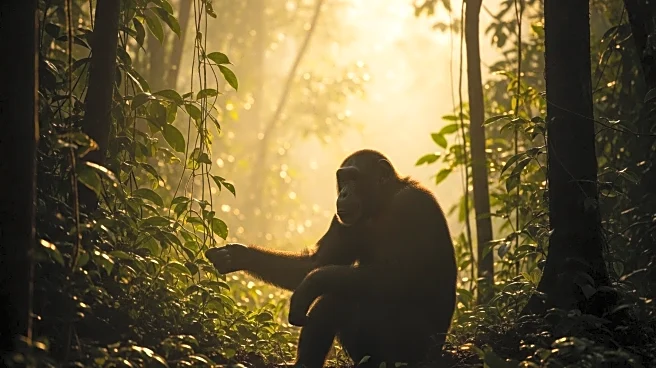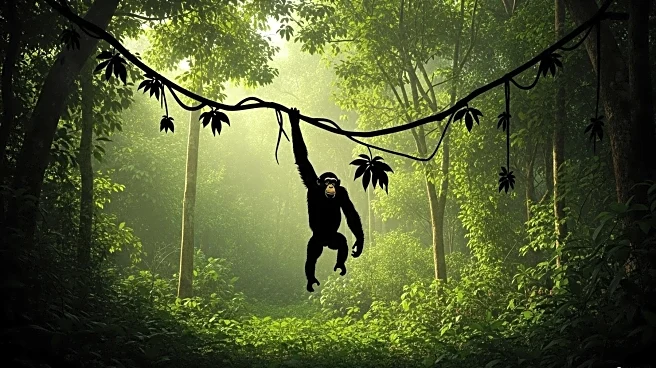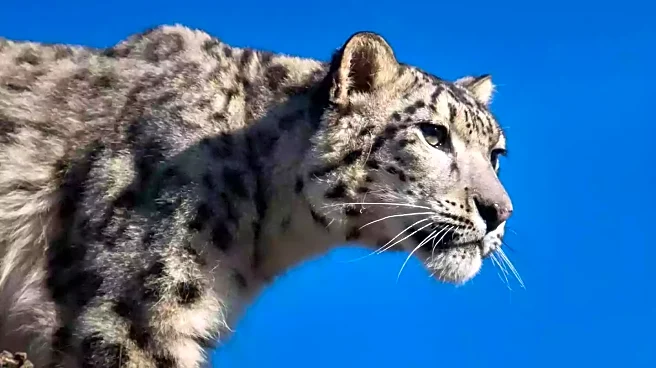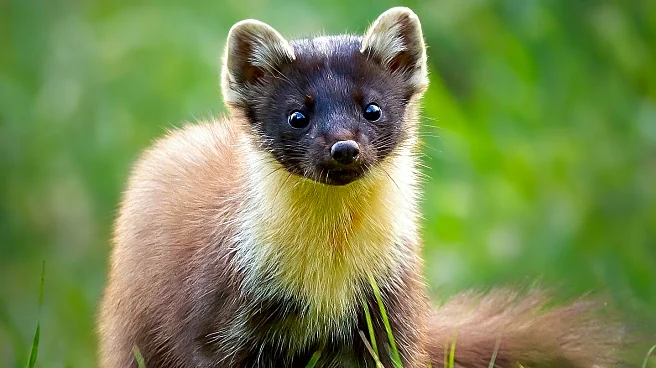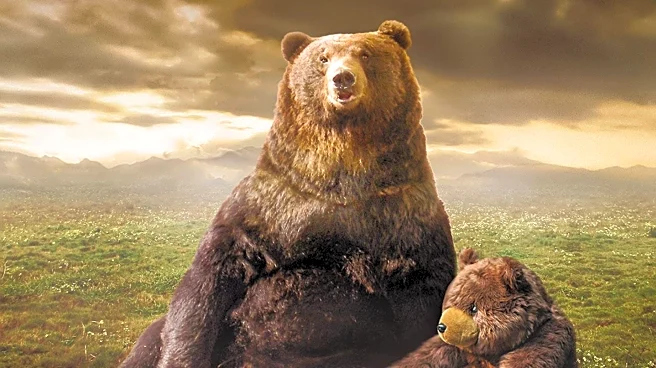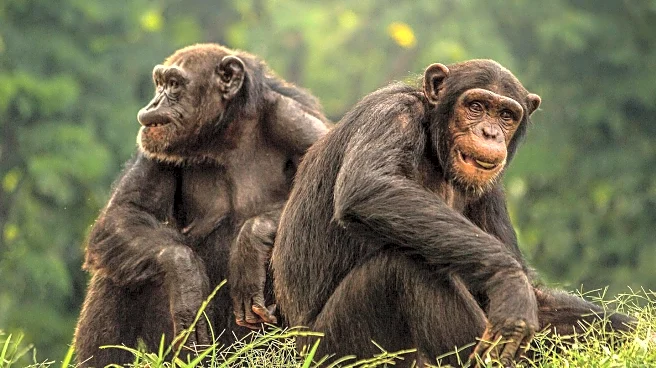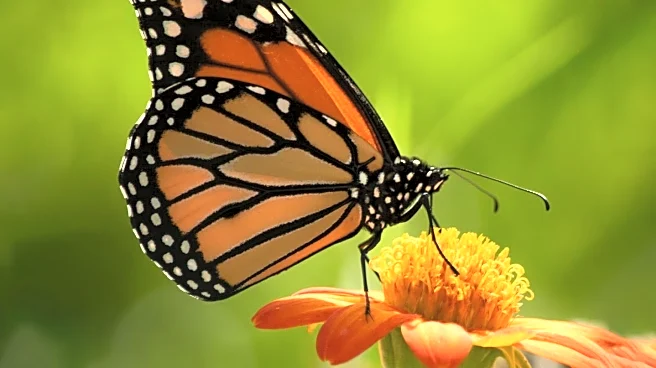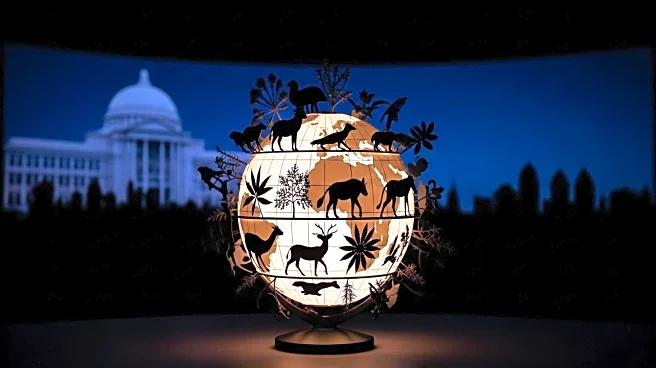What's Happening?
A rare colony of red squirrels has been discovered thriving in a sitka spruce plantation in the western Yorkshire Dales. The colony was first identified in January by Julie Bailey from the UK Squirrel Accord (UKSA), a partnership of forestry and conservation organizations. Since the discovery, volunteers, conservationists, and landowners have been actively monitoring and protecting the colony. Julie Bailey confirmed that 16 red squirrels have been spotted, indicating successful breeding and expansion. The Yorkshire Dales Red Squirrel Alliance, formed earlier this year, now has over 40 active volunteers working to maintain feeders, monitor squirrel movements, and manage the population of non-native grey squirrels. Sightings of red squirrels have been reported up to six miles away from the plantation, suggesting the colony is expanding its range.
Why It's Important?
The thriving colony of red squirrels in the Yorkshire Dales is significant as it represents a successful conservation effort for a species that has been pushed to the brink of extinction by the spread of grey squirrels. With fewer than 40,000 red squirrels left in England, the success of this colony could serve as a model for similar conservation efforts across the country. The involvement of volunteers and landowners in monitoring and protecting the squirrels highlights the importance of community engagement in conservation. The expansion of the colony's range also suggests potential for further growth and stability of the red squirrel population in the region.
What's Next?
The UK Squirrel Accord is encouraging the formation of new local alliances to monitor red squirrel populations, particularly near the West Yorkshire border where sightings have been reported. Continued efforts to manage grey squirrel populations and maintain feeders in areas with scarce natural food are essential for the ongoing success of the colony. The UKSA hopes to document more squirrel range and sightings with increased land access. Public involvement in reporting sightings and avoiding hand feeding of squirrels is crucial to prevent disease transmission and ensure the health of the red squirrel population.
Beyond the Headlines
The success of the red squirrel colony in the Yorkshire Dales highlights the broader implications of conservation efforts in preserving native species. It underscores the importance of habitat management and community involvement in wildlife conservation. The model established by the UKSA could inspire similar initiatives in other regions, contributing to biodiversity and ecological balance. The ethical dimension of conservation is also evident, as it requires balancing human activities with the needs of wildlife.

